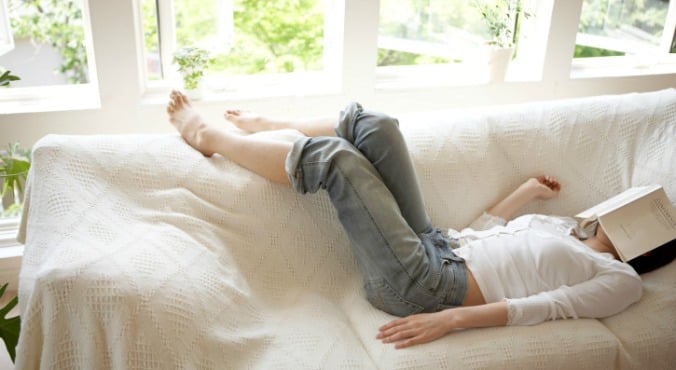
Image: Thinkstock
Dr Rylee Dionigi is a senior lecturer at Charles Sturt University, Bathurst.
Australia’s new sedentary behaviour guidelines could be doing more harm than good. The ultimate goal of these guidelines is for everyone to ‘move more and sit less’, regardless of age, gender, race or circumstance.
As a mother of twins, I was told by doctors within weeks of giving birth that I should be physically active and get my ‘abs’ back to normal. To add to this directive, I was at home being bombarded by media messages and government policies telling me that I should be moving more and sitting less. This experience made me realise that the everyday realities of my life at that point in time were not being considered.
All I wanted was to sit and rest, but all I did was keep moving.
I was lacking sleep, lacking confidence as a mother, struggling to breastfeed my two crying babies and in pain from childbirth. Yet, I was feeling guilty about not being physically active enough during the day. I was actually blaming myself for not taking responsibility for my health. All I wanted was to sit and rest, but all I did was keep moving. Whether I realised it or not, I was buying into the cultural ideal that we should ‘move more and sit less’. Physical activity is accepted as being good for us and good for society and I was feeling bad about not doing my bit. So, is this ideal really in our best interest?
10 easy exercise tips for busy mums
As an academic, my work critiques this popular assumption that everyone should remain physically active throughout his or her life. Public officials often see physical activity participation as a cost-effective, unanimously beneficial and universally appropriate solution to ageing and disease management, among other things. However, what my research over the past decade has shown is that if we continue to ignore the effects of social inequality, personal circumstances and individuality in health outcomes, especially among women, older people, the poor and ethic minorities, there is potential for negative consequences.

